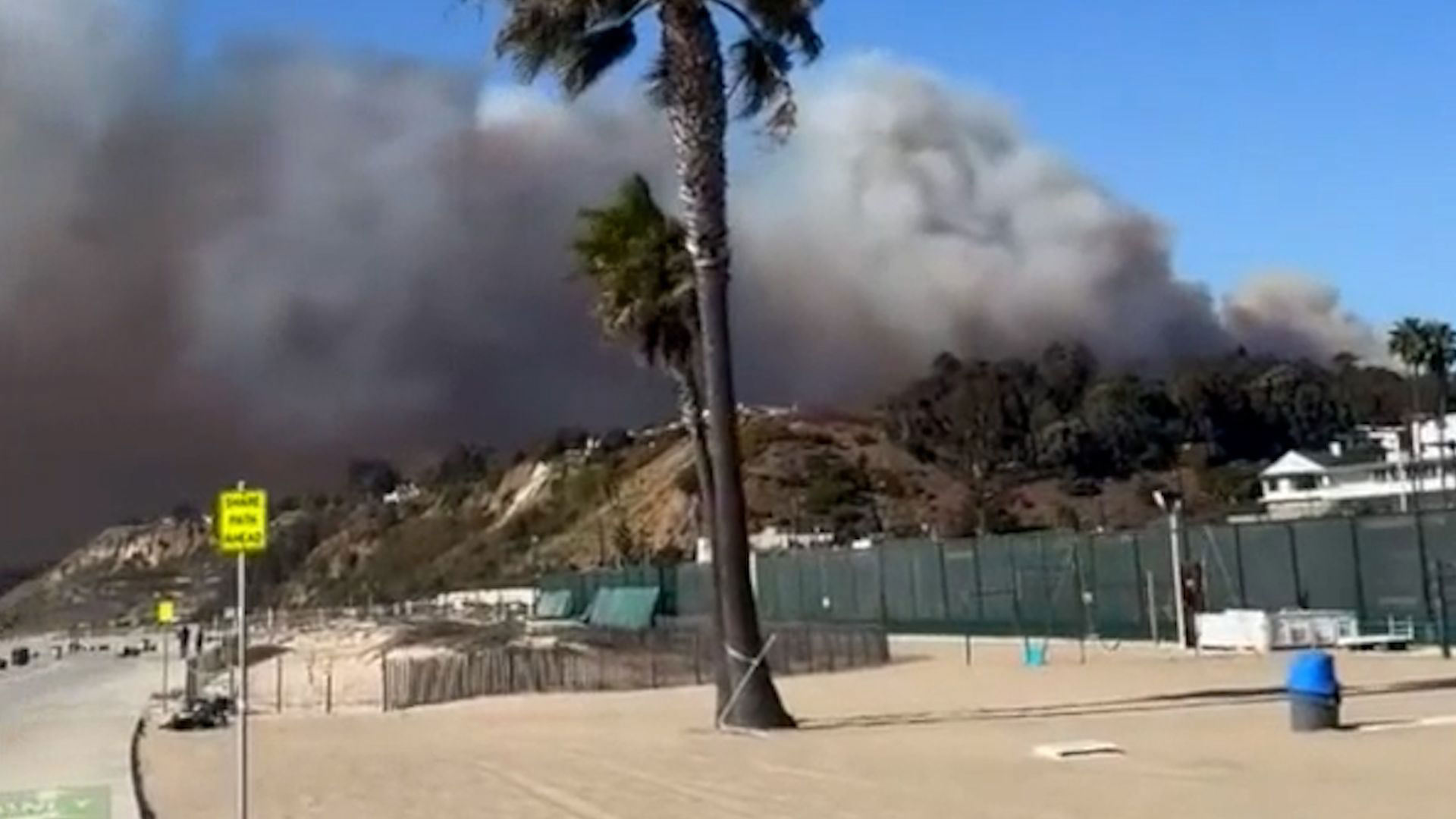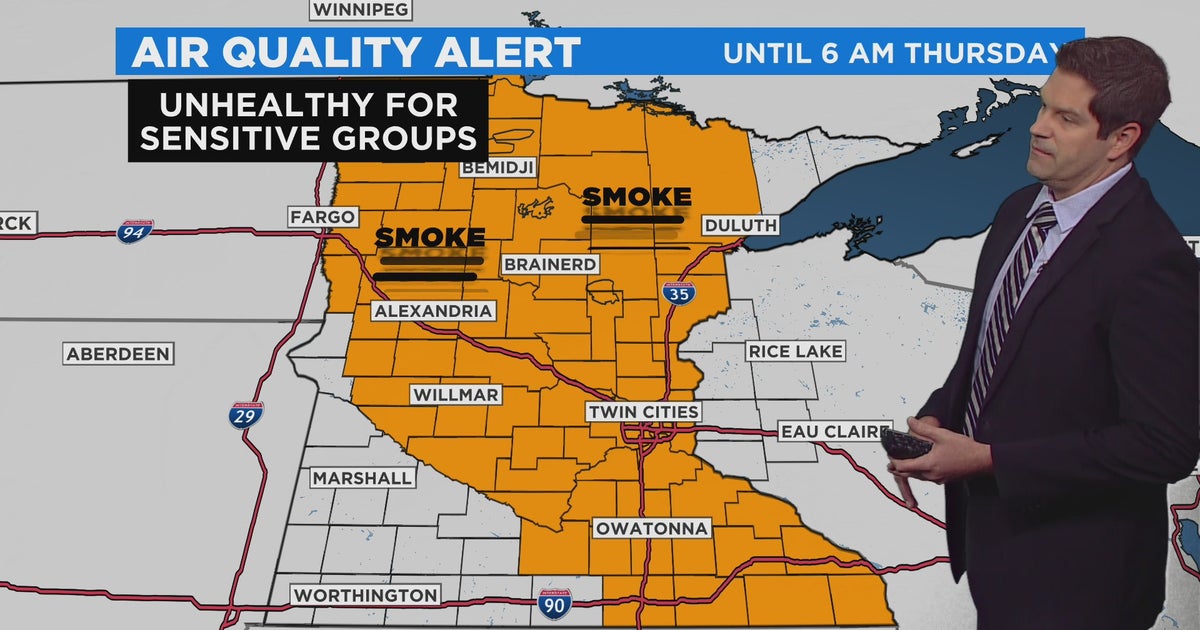Alberta's Oil Industry Faces Growing Challenges From Devastating Wildfires

Table of Contents
Direct Damage to Oil Infrastructure from Wildfires
Wildfires pose an immediate and direct threat to Alberta's oil infrastructure. The intense heat and flames cause significant physical damage to pipelines, oil sands operations, refineries, and other crucial facilities. This physical destruction leads to immediate production halts, forcing evacuations and creating substantial safety risks. The cost of repairs and the time required to restore operations to full capacity are substantial, further impacting the already strained energy sector.
- Pipeline damage: Wildfires can melt or compromise pipeline integrity, leading to leaks, spills, and potential explosions. Repairs necessitate extensive inspections, repairs, and potentially the replacement of entire sections of pipelines.
- Oil sands disruption: The sensitive infrastructure used in oil sands extraction is particularly vulnerable to wildfire damage. Processing plants, tailings ponds, and transportation networks can suffer significant damage, halting production for extended periods.
- Refinery closures: Refinery shutdowns due to fire damage or safety concerns lead to reduced refining capacity and significant disruptions in fuel supply. The subsequent repair and restart processes can be complex and time-consuming.
- Infrastructure damage: Beyond specific facilities, wildfires can damage roads, power lines, and communication networks, hindering access to damaged sites and complicating repair efforts. This adds complexity and cost to the recovery process.
The financial burden associated with repairing this infrastructure damage is immense, resulting in significant production losses and impacting the overall profitability of Alberta's energy sector.
Impacts on Oil and Gas Production and Supply Chains
The damage to infrastructure directly translates into a reduction in oil and gas production across Alberta. Operational disruptions, due to both direct damage and safety concerns, cause significant production decline. Further complicating the situation are supply chain disruptions affecting the transportation of oil and gas, the delivery of essential materials, and the availability of skilled labor.
- Oil production decline: Reduced output from damaged oil sands operations and refineries directly impacts the volume of crude oil available for domestic use and export.
- Gas supply shortages: Wildfires can also impact natural gas production, leading to potential shortages for both residential and industrial consumers.
- Supply chain disruptions: Damage to transportation networks (rail lines, pipelines, roads) disrupts the efficient flow of oil and gas, impacting both domestic and international markets. The timely delivery of essential materials and equipment needed for repairs is also severely impacted.
- Transportation delays: Road closures and damage to rail lines create significant delays in transporting both raw materials and refined products, escalating costs and further hindering recovery.
These disruptions have ripple effects throughout the entire energy sector, impacting energy prices, employment, and the overall economic performance of Alberta.
Environmental Concerns and Regulatory Scrutiny
The environmental consequences of wildfires extend far beyond the immediate destruction. Air pollution from burning oil and gas facilities, along with the release of greenhouse gasses, poses significant health risks and contributes to climate change. Water contamination from runoff containing ash, debris, and potentially hazardous substances also creates long-term ecological challenges. This environmental damage inevitably results in increased regulatory scrutiny and potential changes in environmental regulations.
- Environmental impact: Wildfires release vast amounts of pollutants into the atmosphere and water systems, causing significant harm to the environment and human health.
- Air pollution: Smoke and particulate matter from burning oil and gas infrastructure significantly degrade air quality, leading to respiratory problems and other health issues.
- Water contamination: Ash, debris, and potentially toxic substances from the wildfires contaminate water sources, posing significant risks to aquatic life and human health.
- Climate change: The release of greenhouse gasses from damaged facilities and burning forests exacerbates climate change, creating a vicious cycle of increased wildfire risk.
- Regulatory compliance: Companies face increased scrutiny from environmental regulators, leading to potential fines, stricter regulations, and increased operational costs.
Economic Fallout and Long-Term Recovery
The economic ramifications of the wildfires on Alberta are profound and far-reaching. Job losses in the oil and gas sector and related industries, decreased government revenue due to reduced production and tax revenue, and decreased investor confidence all contribute to a significant economic downturn. The long-term recovery process demands substantial investment in rebuilding damaged infrastructure and restoring production levels.
- Economic impact: The combined impact of production losses, infrastructure repair costs, and job losses creates a significant economic burden on Alberta.
- Job losses: Wildfires result in temporary and potentially permanent job losses across the energy sector and related industries.
- Revenue decline: Reduced oil and gas production translates into a decline in government revenues, impacting public services and programs.
- Investment uncertainty: The damage and disruption caused by wildfires create uncertainty among investors, potentially impacting future investment in the Alberta energy sector.
- Economic recovery: The long-term recovery will require significant investments in rebuilding infrastructure, restoring production, and diversifying the Alberta economy.
Conclusion: Navigating the Challenges: Alberta's Oil Industry and Wildfire Recovery
The devastating Alberta wildfires present unprecedented challenges to the province's oil industry. The immediate impact is evident in the direct damage to infrastructure, significant production disruptions, and the subsequent environmental concerns. The economic consequences are profound and far-reaching, impacting jobs, revenue, and investor confidence. Understanding the impact of Alberta wildfires on the oil industry is crucial for developing effective strategies to mitigate future risks. Preparing for future wildfire events and protecting Alberta's energy sector requires a multifaceted approach, including improved infrastructure resilience, enhanced wildfire prevention measures, and a more diversified economic base. Building a more resilient Alberta oil industry is paramount to ensuring the long-term sustainability and prosperity of the province. Let's work together to understand, adapt, and build a future where Alberta's energy sector can thrive, even in the face of challenging environmental events.

Featured Posts
-
 Sanofi Renforce Son Portefeuille Avec L Acquisition Des Anticorps Bispecifiques De Dren Bio
May 31, 2025
Sanofi Renforce Son Portefeuille Avec L Acquisition Des Anticorps Bispecifiques De Dren Bio
May 31, 2025 -
 Umzug In Deutschland Stadt Bietet Kostenlose Unterkuenfte An
May 31, 2025
Umzug In Deutschland Stadt Bietet Kostenlose Unterkuenfte An
May 31, 2025 -
 Sanofi Et Dren Bio Un Partenariat Majeur Dans Le Domaine Des Anticorps Mars 2025
May 31, 2025
Sanofi Et Dren Bio Un Partenariat Majeur Dans Le Domaine Des Anticorps Mars 2025
May 31, 2025 -
 Iberdrola And Spains Grid A Finger Pointing Frenzy After Nationwide Blackout
May 31, 2025
Iberdrola And Spains Grid A Finger Pointing Frenzy After Nationwide Blackout
May 31, 2025 -
 Degraded Air Quality In Minnesota Due To Canadian Wildfires
May 31, 2025
Degraded Air Quality In Minnesota Due To Canadian Wildfires
May 31, 2025
